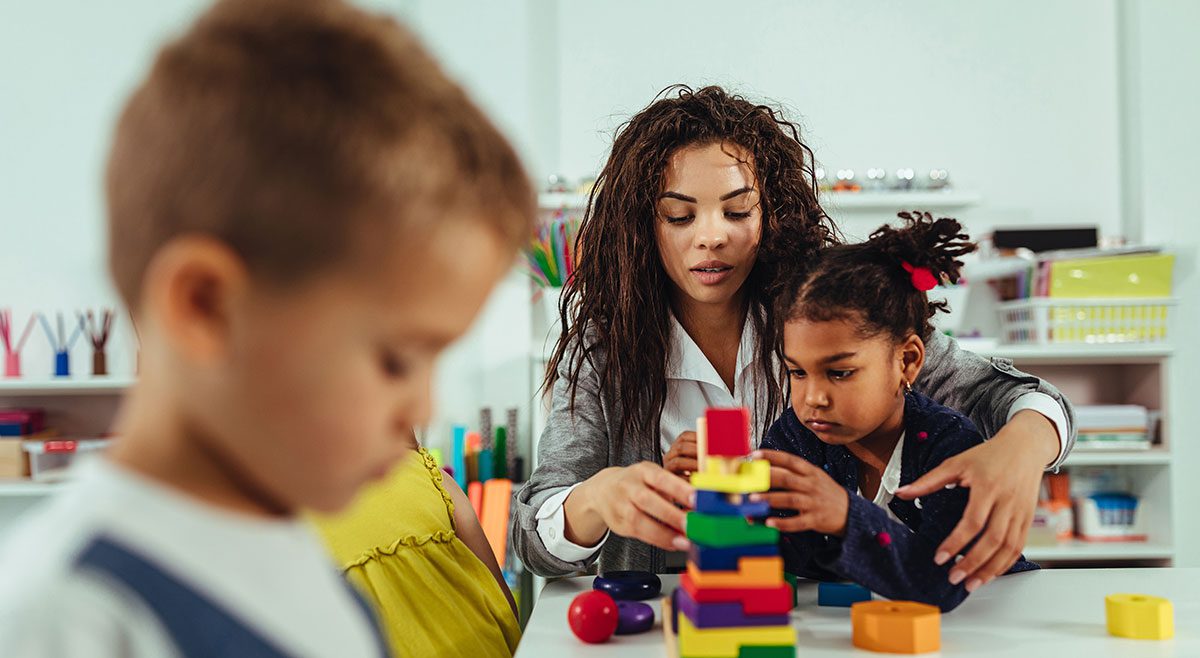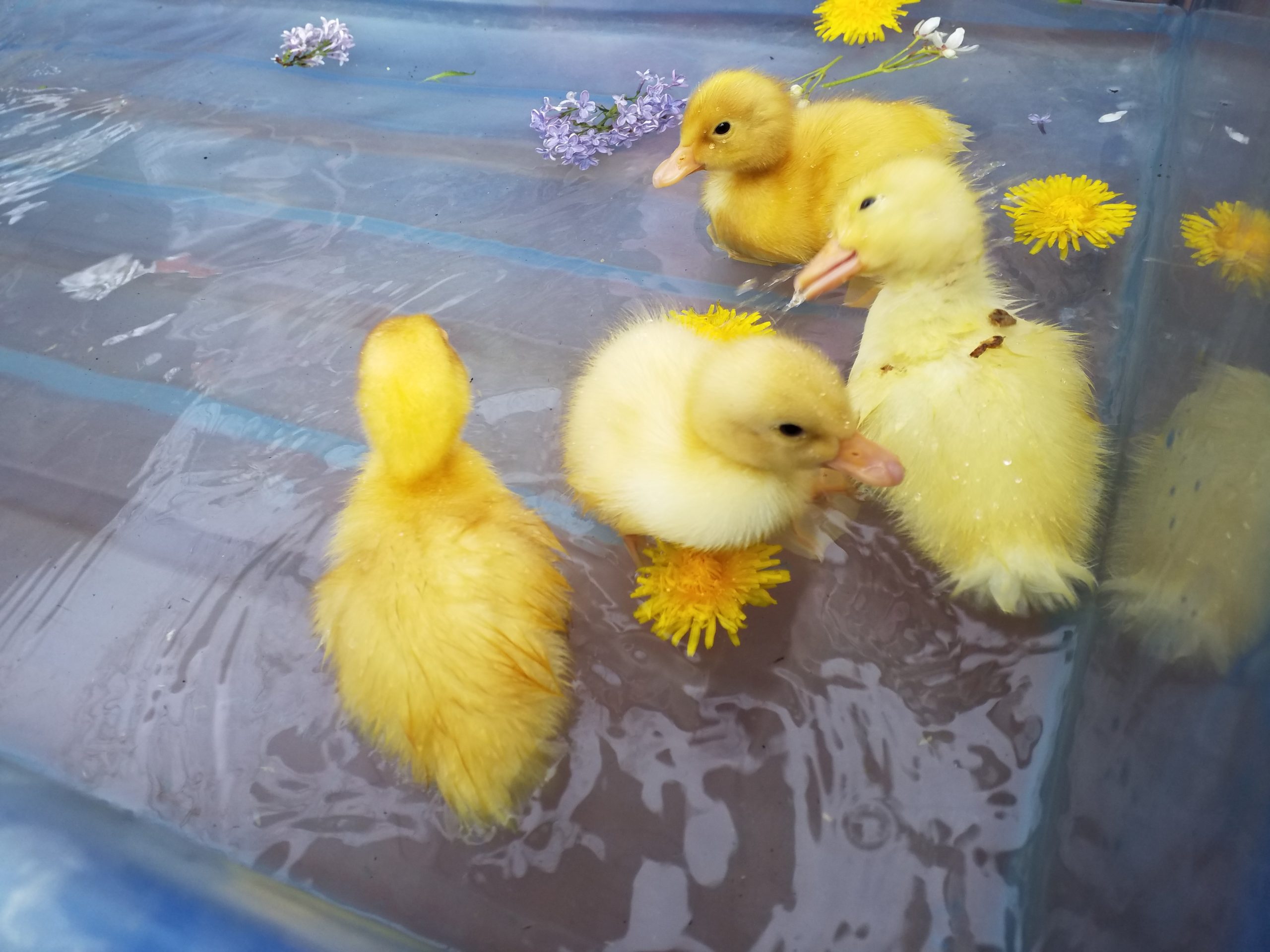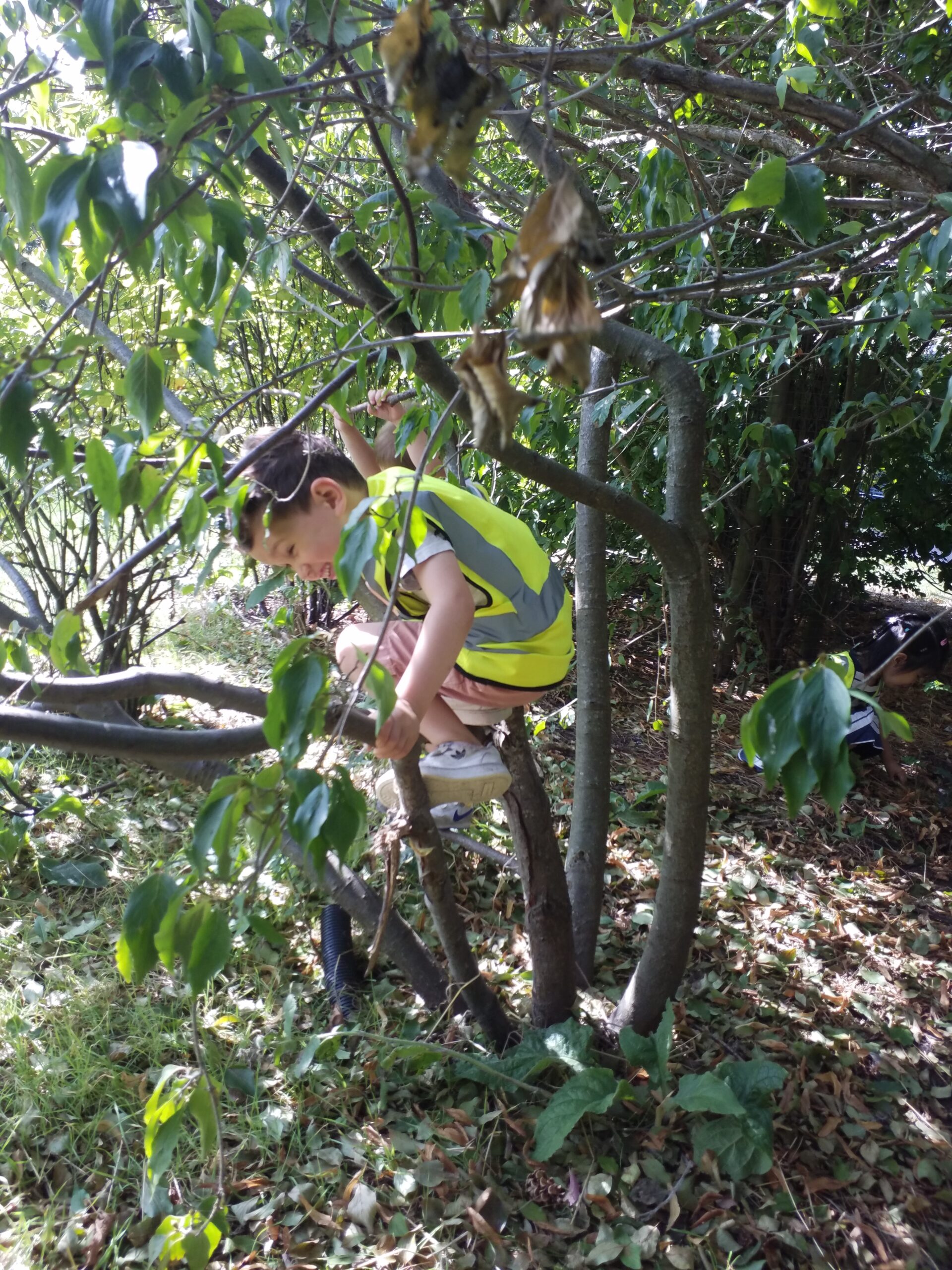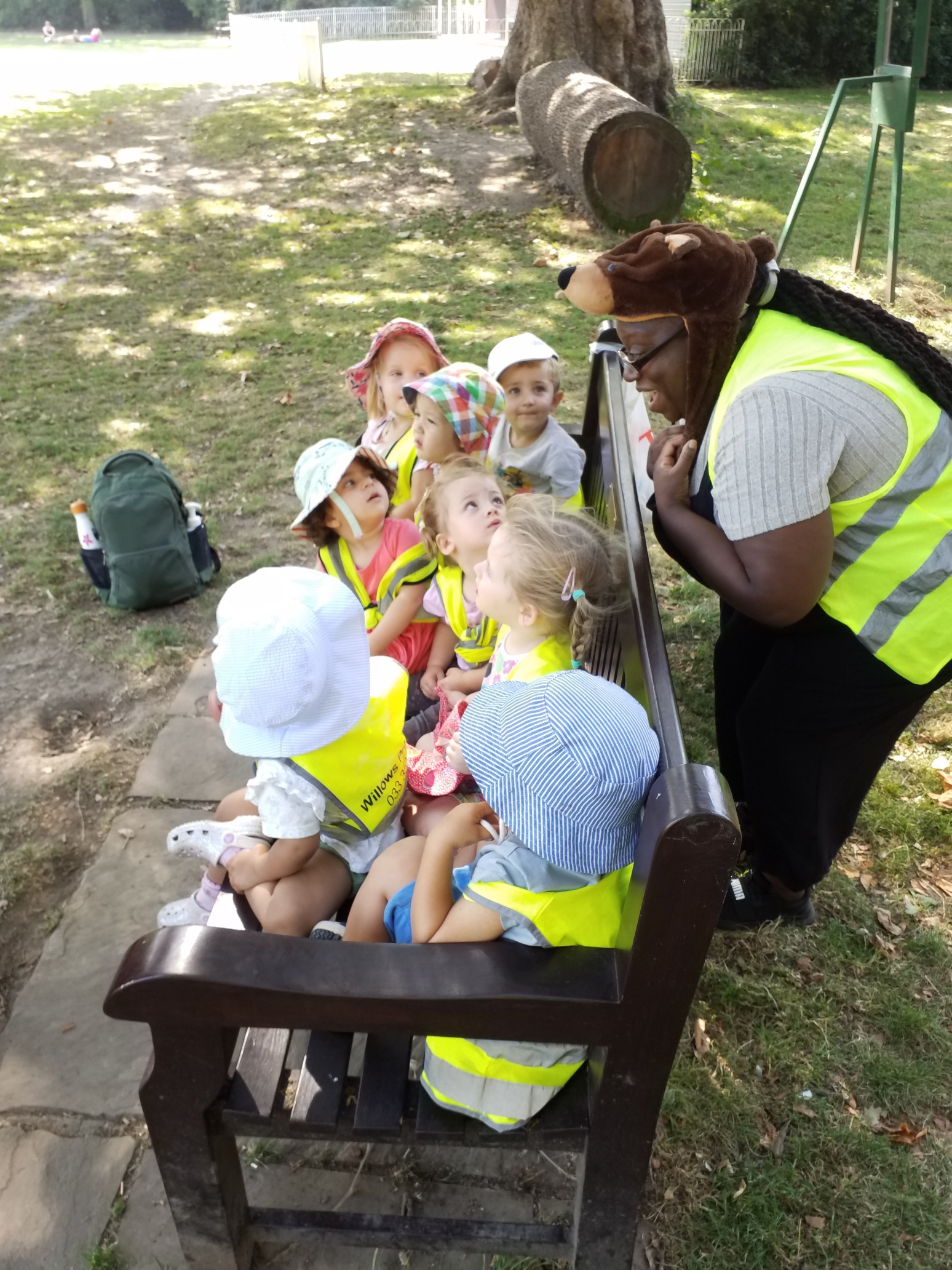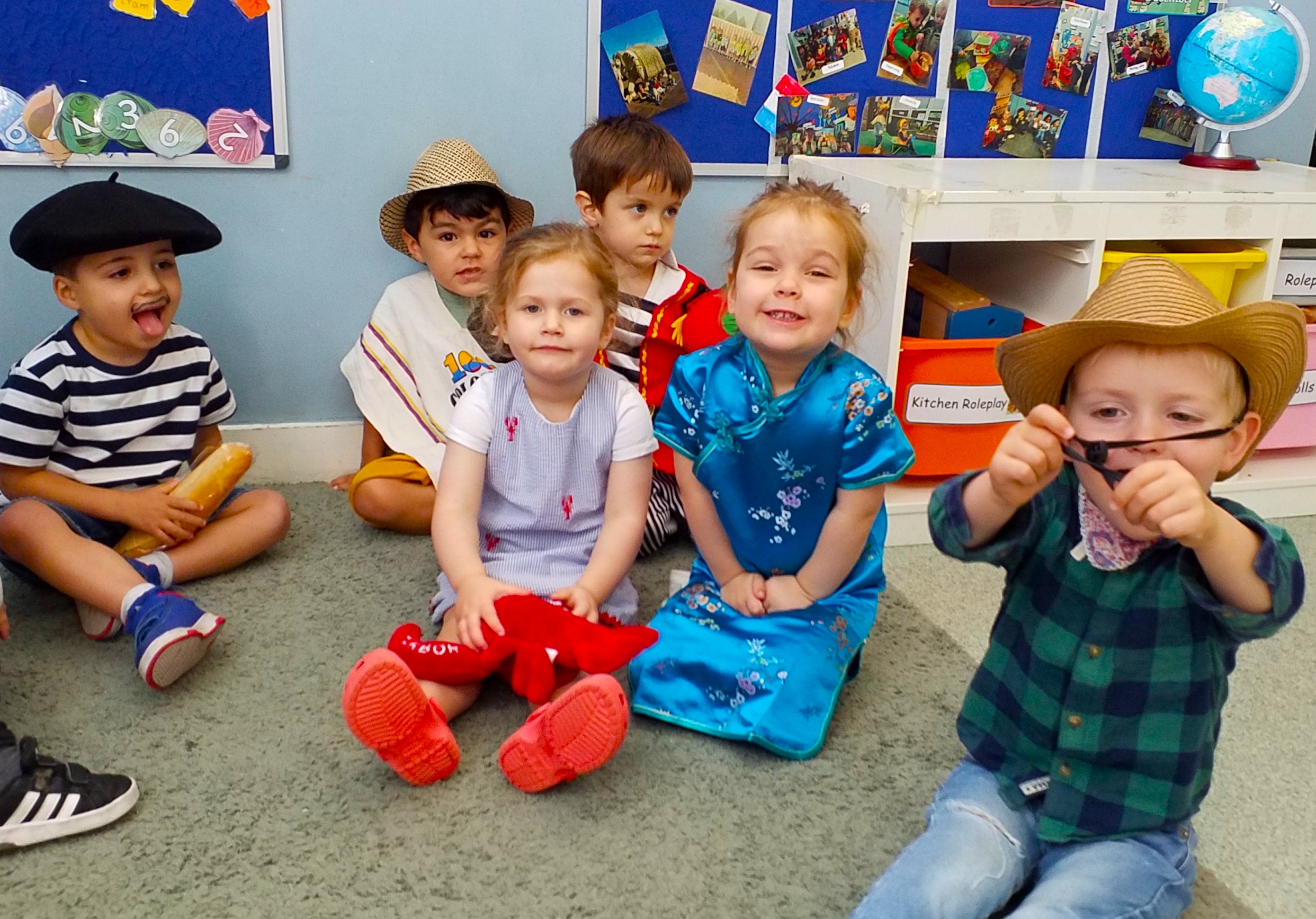As a parent, you are your child’s first and most important teacher. But once your child starts spending time in the early years setting, they will quickly develop a bond with their key person. The key person is a special educator who plays a vital role in your child’s development. They get to know your child intimately, observing their play and identifying their interests and strengths.
This helps them to plan activities that are tailored to your child’s individual needs. They also keep an eye out for any areas of concern, such as developmental delays or behavioural problems. By building a strong relationship with your child, the key person can provide the stability and support that they need to thrive in their new environment.
It is important to form a good relationship with your child’s key person at Willows. The key person is the main point of contact between you and the nursery, and they play an important role in supporting your child’s emotional well-being. It is important that you share information about your child with the key person so that they can get to know your child and understand their needs. The key person will use this information to plan how best to support your child and meet their needs. By forming a good relationship with the key person, you can ensure that your child has the best possible care and support at Willows.
The key person will know your child well and will be able to provide tailored advice and support with all aspects of learning and development. You should be offered regular times to talk to your child’s key person and look at their child’s learning and development records together. This system ensures that every parent has a dedicated point of contact within the setting who can offer support and guidance. It also allows you to play an active role in your child’s education and feels confident that their individual needs are being met.
As a parent, you need to know that the key person at Willows is someone you can go to for help and feel comfortable with. Talk to your child about their key person so that they know who they are and can feel confident approaching them. It is also important to keep the key person updated with any changes in routines or changes in your child’s home life, for example, if you are moving house or expecting a sibling, your child’s key person will be able to support your child through transition times. This will help your child to feel secure and settled at Willows and enable them to get the most out of their time there.
It’s always so exciting to see the unique things that each child brings to our setting. Recently, we had a little girl who was really interested in dinosaurs. She would talk about them all the time and loved looking at books about them. We were able to use this interest to help her learn more about other things too, like history and science. We also took her on a special trip to the museum to see some real fossils! It was great to see her so engaged in learning and exploring. We often find that when children have a personal interest in something, they are much more enthusiastic about learning. So if your child has any new interests or experiences, please let us know so we can follow up on them!
One of the best things you can do for your child’s development is to keep their key person informed of any ‘wow’ moments or developments at home. This way, you can ensure that any new milestones are celebrated and that your child continues to receive the appropriate level of support. A ‘wow’ moment could be anything from your child starting to crawl to them saying their first word. Regardless of how big or small, these moments are all important in helping your child to reach their full potential. So next time your little one does something special, be sure to let their key person know!

